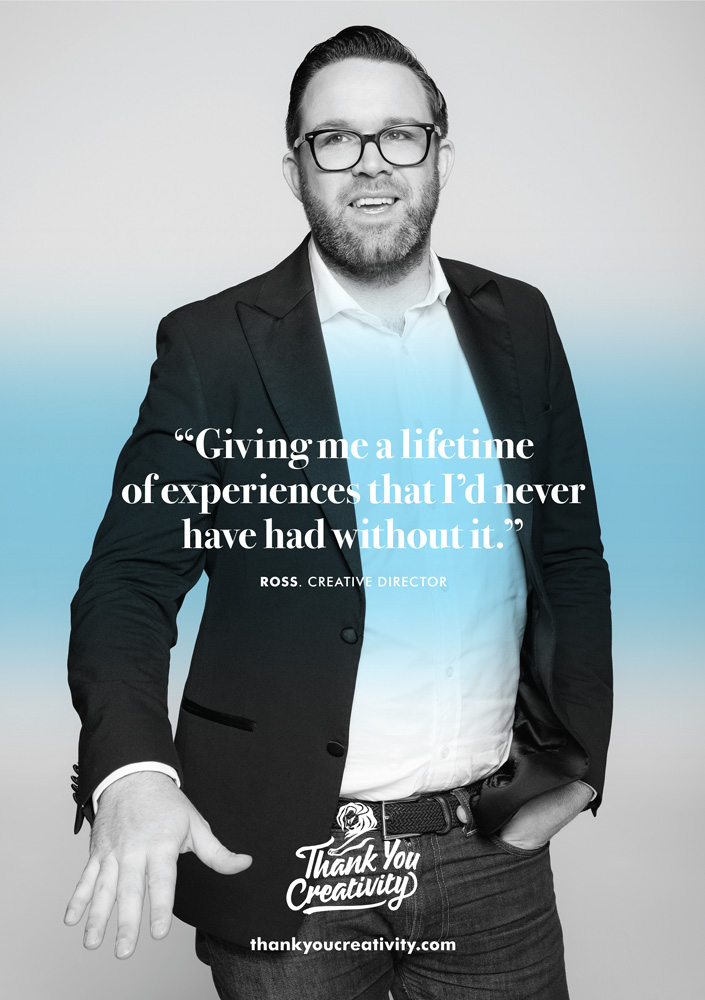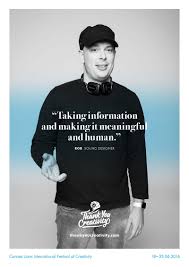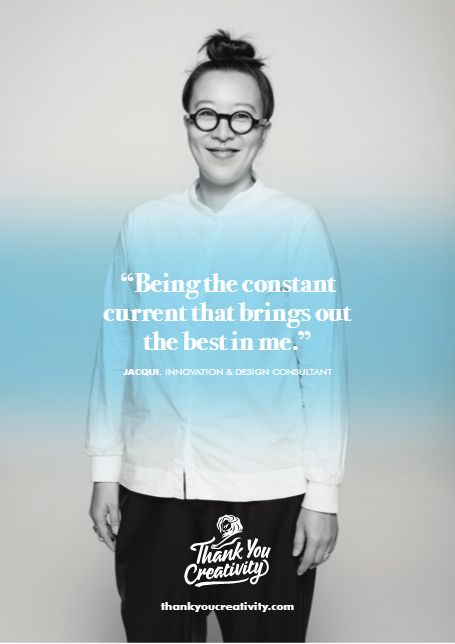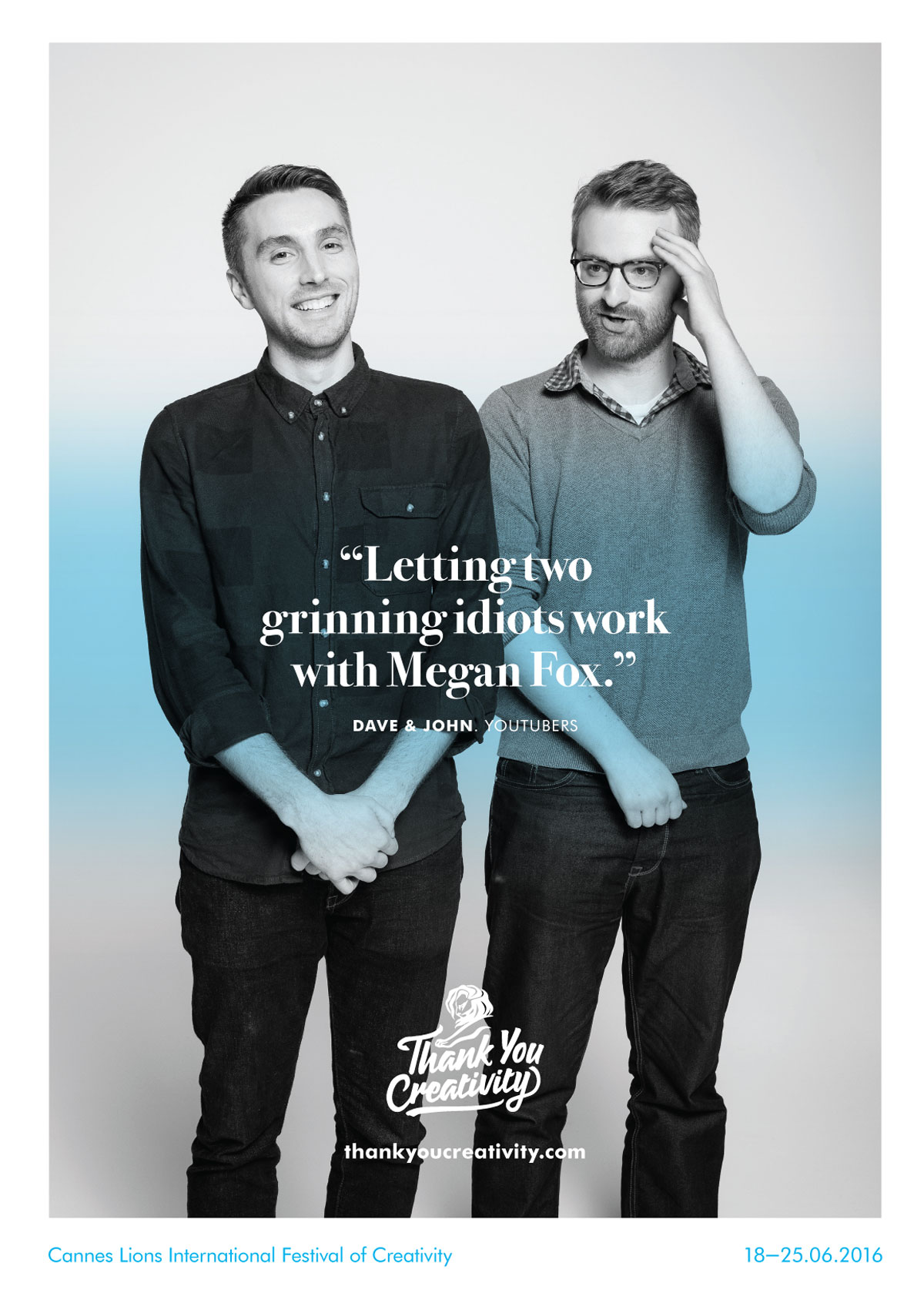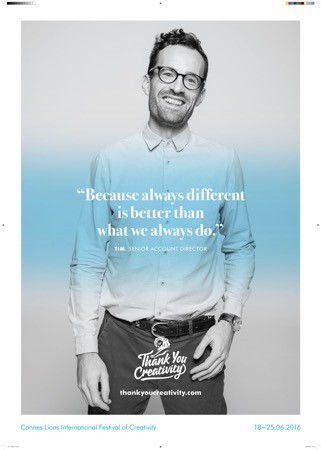There were different people, writers, journalist, entrepreneurs and people who were a part of his life. People who met Ali at different stages of his life. I was going through a few experiences that really made Ali who he is. What a legend, what a man, what a soul!
I enjoyed the read, I hope you do too! Thank you Tommy Craggs and Josh Levin for compiling it.
“Ego,” Norman Mailer, Life, March 1971
Life published Mailer’s essay just days after Ali-Frazier I, aka the Fight of the Century, a fight Frazier won by unanimous decision.
Muhammad Ali begins with the most unsettling ego of all. Having commanded the stage, he never pretends to step back and relinquish his place to other actors—like a six-foot parrot, he keeps screaming at you that he is the center of the stage. “Come here and get me, fool.” he says. “You can’t, ‘cause you don’t know who I am. You don’t know where I am. I’m human intelligence and you don’t even know if I’m good or evil.” This has been his essential message to America all these years. It is intolerable to our American mentality that the figure who is probably most prominent to us after the President is simply not comprehensible, for he could be a demon or a saint. Or both! Richard Nixon, at least, appears comprehensible. We can hate him or we can vote for him, but at least we disagree with each other about him. What kills us about a.k.a. Cassius Clay is that the disagreement is inside us. He is fascinating—attraction and repulsion must be in the same package. So, he is obsessive. The more we don’t want to think about him, the more we are obliged to. There is a reason for it. He is America’s Greatest Ego. He is also, as I am going to try to show, the swiftest embodiment of human intelligence we have had yet, he is the very spirit of the 20th Century, he is the prince of mass man and the media. Now, perhaps temporarily, he is the fallen prince. But there still may be one holocaust of an urge to understand him, or try to, for obsession is a disease. Twenty little obsessions are 20 leeches on the mind, and one big obsession can become one big operation if we refuse to live with it. If Muhammad All defeats Frazier in the return bout, then he’ll become the national obsession and we’ll elect him President yet—you may indeed have to vote for any man who could defeat a fighter as great as Joe Frazier and still be Muhammad Ali. That’s a combination!
“Lawdy, Lawdy, He’s Great,” Mark Kram, Sports Illustrated, October 1975
Probably the best-known dispatch from any of Ali's fights, written after his victory over Frazier in the Thrilla in Manila.
True to his plan, arrogant and contemptuous of an opponent’s worth as never before, Ali opened the fight flat-footed in the center of the ring, his hands whipping out and back like the pistons of an enormous and magnificent engine. Much broader than he has ever been, the look of swift destruction defined by his every move, Ali seemed indestructible. Once, so long ago, he had been a splendidly plumed bird who wrote on the wind a singular kind of poetry of the body, but now he was down to earth, brought down by the changing shape of his body, by a sense of his own vulnerability, and by the years of excess. Dancing was for a ballroom; the ugly hunt was on. Head up and unprotected, Frazier stayed in the mouth of the cannon, and the big gun roared again and again.
“Ali and His Entourage,” Gary Smith, Sports Illustrated, April 1988
“Life after the end of the greatest show on earth” is the subtitle on this one, and it profiles the people who surrounded Ali in the prime of his career—his doctor, his bodyguard, and his aide, Gene Kilroy.
Gene Kilroy had no title. Everyone just knew: He was the Facilitator. When Ali wanted a new Rolls-Royce, Kilroy facilitated it. When he wanted to buy land to build a training camp, Kilroy facilitated it. When a pipe burst in the training camp or a hose burst in the Rolls, when Marlon Brando or Liza Minnelli wanted to meet Ali, or Ali wanted to donate $100,000 to save an old-folks’ home, Kilroy facilitated it.
At hotels he usually stayed in a bedroom that was part of Ali’s suite. As soon as they entered a city, he collected a list of the best doctors, in case of an emergency. He reached for the ever-ringing phone, decided who was worthy of a visit to the throne room. He worried himself into a 10-Maalox-a-day habit, facilitating. “Ulcer,” he said. “You love someone, you worry. Watching him get hit during the Holmes fight, I bled like a pig—I was throwing it up in the dressing room. And all the problems before a fight. It was like having a show horse you had to protect, and all the people wanted to hitch him to a buggy for a ride through Central Park.”
The trouble with facilitating was that it left no mark, no Kilroy was here. He has covered the walls of his rec room with 50 Ali photos. He reminisces every day. He watches videos of old Ali interviews he helped facilitate, and sometimes tears fill his eyes. “I wish I had a kid I could tell,” he said. And then, his voice going from soft to gruff: “I’ll get married when I find a woman who greets me at the door the way my dogs do.”
“Great Men Die Twice,” Mark Kram, Esquire, June 1989
This is one of several elegiac stories written about Ali in his decline phase, this one angrier than the others about the people surrounding Ali who used him for their own ends.
The public prefers, indeed seems to insist on, the precedent set by Rocky Marciano, who quit undefeated, kept self-delusion at bay. Ali knew the importance of a clean farewell, not only as a health measure but as good commercial sense. His ring classicism had always argued so persuasively against excessive physical harm, his pride was beyond anything but a regal exit. But his prolonged decline had been nasty, unseemly. Who or what pressured him to continue on? Some blamed his manager, Herbert Muhammad, who had made millions with Ali. Herbert said that his influence wasn’t that strong.
Two years after that last fight, Ali seemed as mystified as everyone else as to why he hadn’t ended his career earlier. His was living with his third wife, the ice goddess Veronica, in an L.A. mansion, surrounded by the gifts of a lifetime—a six-foot hand carved tiger given to him by Teng Hsiao-ping, a robe given to him by Elvis Presley. Fatigued, his hands tremoring badly, he sat in front of the fire and could only say: “Everybody git lost in life. I just git lost, that’s all.”
“Ali Now,” Cal Fussman, Esquire, January 2007
Muhammad Ali came through the double doors into the living room of his hotel suite on slow, tender steps. I held out my hand. He opened his arms. Ali lowered himself into a wide, soft chair, and I sat on an adjacent sofa. “I’ve come,” I said, “to ask about the wisdom you’ve taken from all you’ve been through.” Ali seemed preoccupied with his right hand, which was trembling over his right thigh, and he did not speak. “George Foreman told me that you were the most important man in the world. When I asked him why, he said that when you walked into a room, it didn’t matter who was there—presidents, prime ministers, CEOs, movie stars—everybody turned toward you. The most famous person in that room was wondering, Should I go to meet him? Or stay here? He said you were the most important man in the world because you made everybody else’s heart beat faster.”
The shaking in Ali’s right hand seemed to creep above his elbow. Both of his arms were quivering now, and his breaths were short and quick.
I leaned in awkwardly, not knowing quite what to do. Half a minute passed in silence. I wondered if I should call for his wife.
Ali stooped over, and now his whole body was trembling and his breaths were almost gasps.
“Champ! You okay? You okay?”
Ali’s head lifted and slowly turned to me with the smile of an eight-year-old.
“Scared ya, huh?” he said.
“My Dinner With Ali,” Davis Miller, Deadspin (adapted from piece originally published in Louisville Courier-Journal Magazine), June 2013
In 1988, Miller spent a day with a 46-year-old Ali, with whom he’d once sparred. Ali play-fought with the writer, did some magic tricks, and signed some autographs, though a prosaic description doesn't do justice to the dreamy way their day together unfolded. It's a sweetly odd and affecting story.
I peeked around the corner. He was standing with his back flat against the wall. He saw me, jumped from the room, and tickled me, a guilty-little-kid smile splashed across his features. Next thing I knew, he had me on the floor, balled up in a fetal position, tears flowing down both sides of my face, laughing. Then he stopped tickling me and helped me to my feet. Everybody kept laughing. Mrs. Clay’s face was round and wide with laughter. She looked like the mom of a Celtic imp.
“What’d you think happened to the door?” [his brother] Rahaman asked. I told him I’d figured it was Ali. “Then why you turnin red?” he wanted to know.
“It’s not every day,” I said, “that I go to Muhammad Ali’s, he locks me in the bathroom, then tickles me into submission.”
Everyone laughed again. “Ali, you crazy,” Rahaman said.



